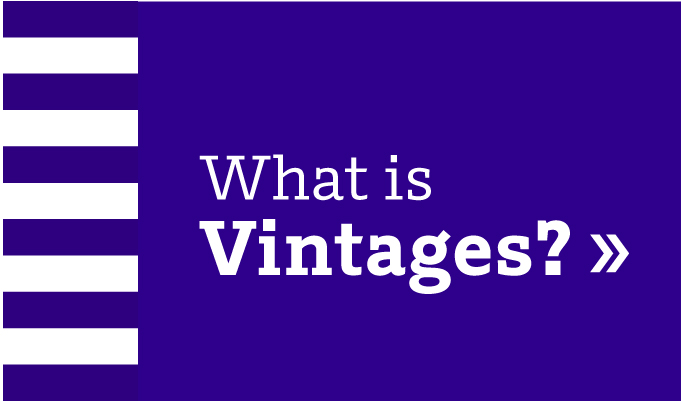Channeling Chile
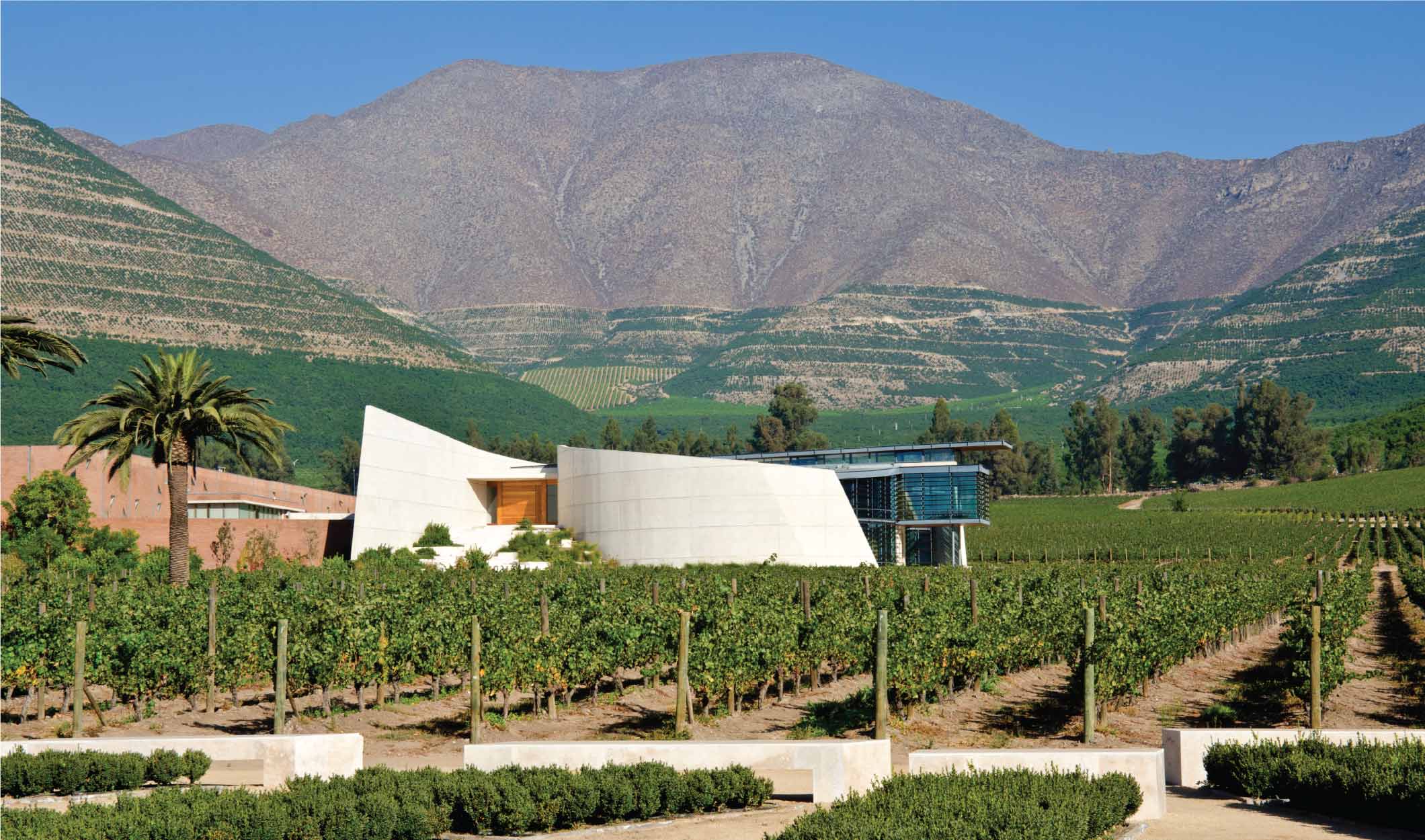
Vintages Feature Story
This long, narrow country laddered by valleys features a noteworthy depth of grape varieties fashioned into wines that reach new heights of quality.
It’s impressive how fresh and vibrant Chile’s wine industry seems, considering the country has nearly 500 years of winemaking heritage. The secret lies in a never-ending search for new sites and expressions that continually drives a bold evolution in quality across even well-established regions. Chile is the longest and narrowest country in the world, and its transverse valleys, bookended by the Pacific and the Andes, offer a vast range of climatic opportunities for terroir-hunting winemakers. Read on as we explore eight of the remarkable valleys that comprise this viticultural paradise.
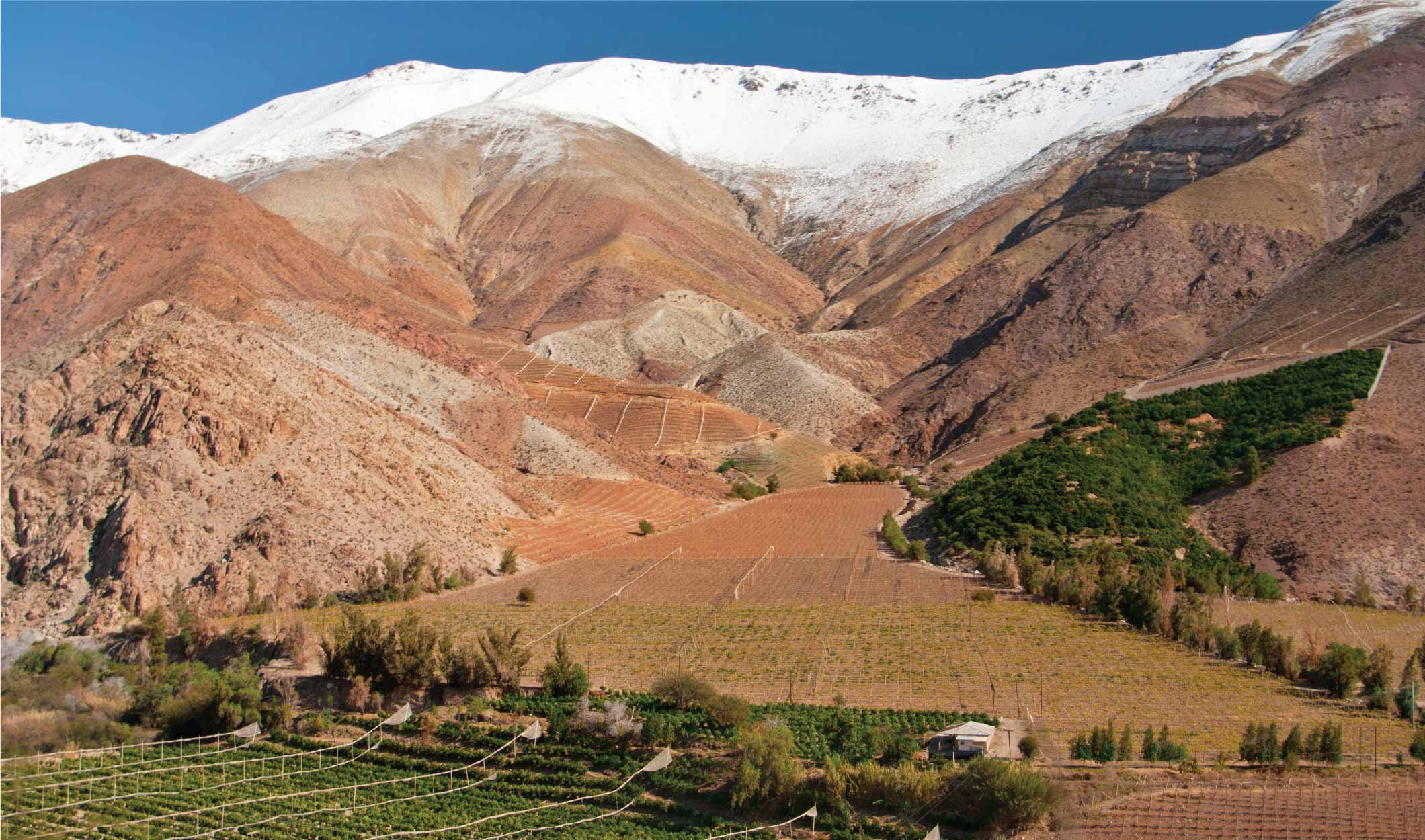
Elqui Valley (EL-kee)
The Elqui Valley sits at the southern end of the world’s driest desert (the Atacama) and is roughly 400 kilometres north of Chile’s capital, Santiago. The region is famous for its sunshine and its clear skies. Home to over a dozen observatories, Elqui was the world’s first designated International Dark Sky Sanctuary and is a hotbed for astronomers and stargazers. For winemakers, this translates to higher levels of vine-fuelling solar radiation. The soils are thin and rocky, offering good drainage. The valley is hot, and irrigation is a necessity, but plantings at 2,000 metres above sea level create conditions cool enough for mouth-watering Sauvignon Blanc and Chardonnay as well as aromatic, balanced, intense Syrah and Carmenère.
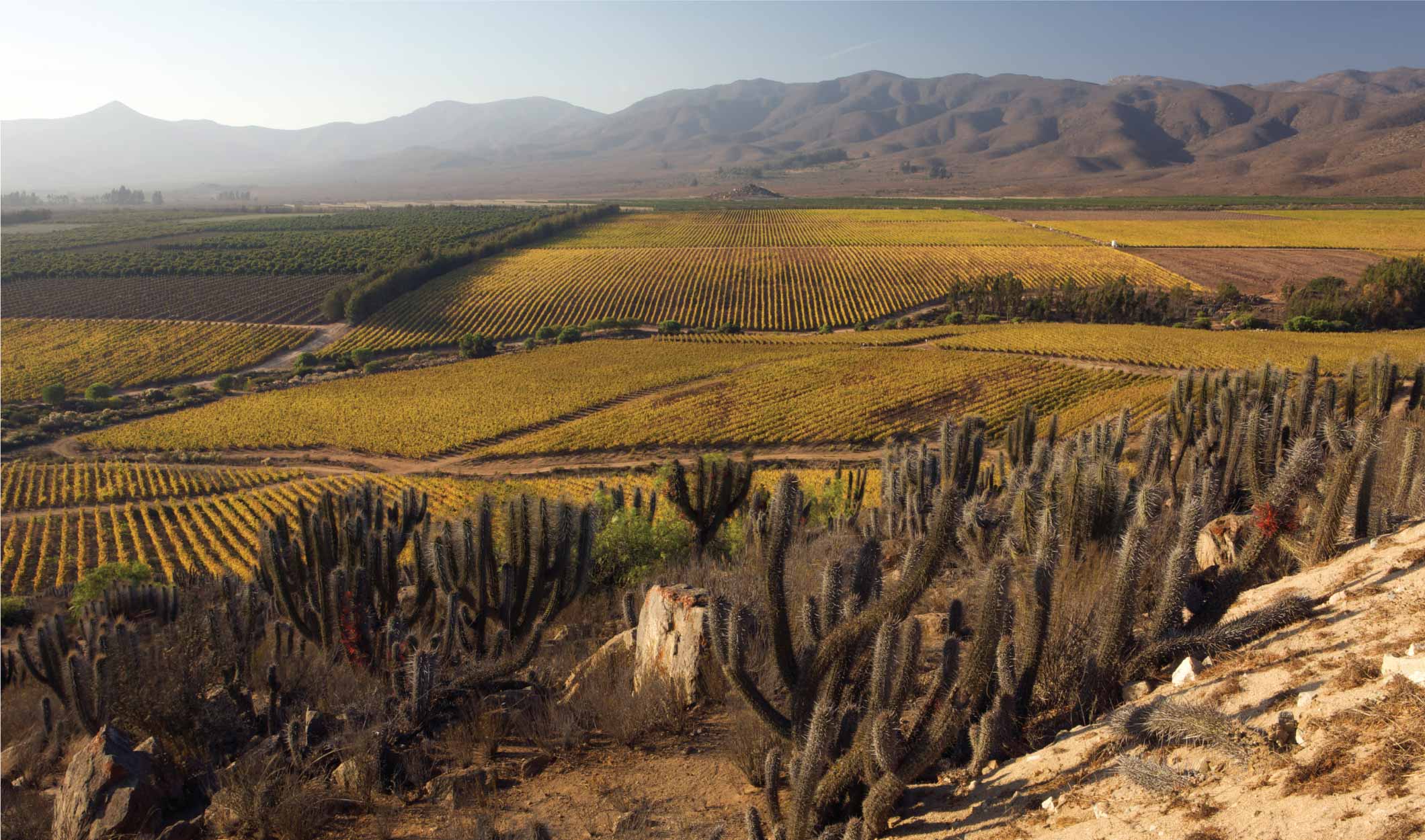
Limarí Valley (lee-ma-REE)
When you’re looking to create distinct and noteworthy wines, having unique soils isn’t a bad place to start. The limestone soils of the Limarí Valley are rare in Chile; most other growing areas feature primarily volcanic soils. Limarí’s soils come from ancient seabeds that were raised by the same tectonic events that formed the Andes. The valley is best known for its Chardonnay. Cool morning ocean fogs that moderate the warm temperatures in coastal areas also encourage striking Sauvignon Blanc and Pinot Noir. The bright acidity that defines these wines also permits the production of top-flight sparkling wines. Syrah is grown in both coastal and warmer inland sites; the wines exhibit increasingly overt power the farther they are from the sea. Red grapes such as Cabernet, Merlot and Carmenère also do well here, creating ripe, fresh wines that are markedly fruit-forward.
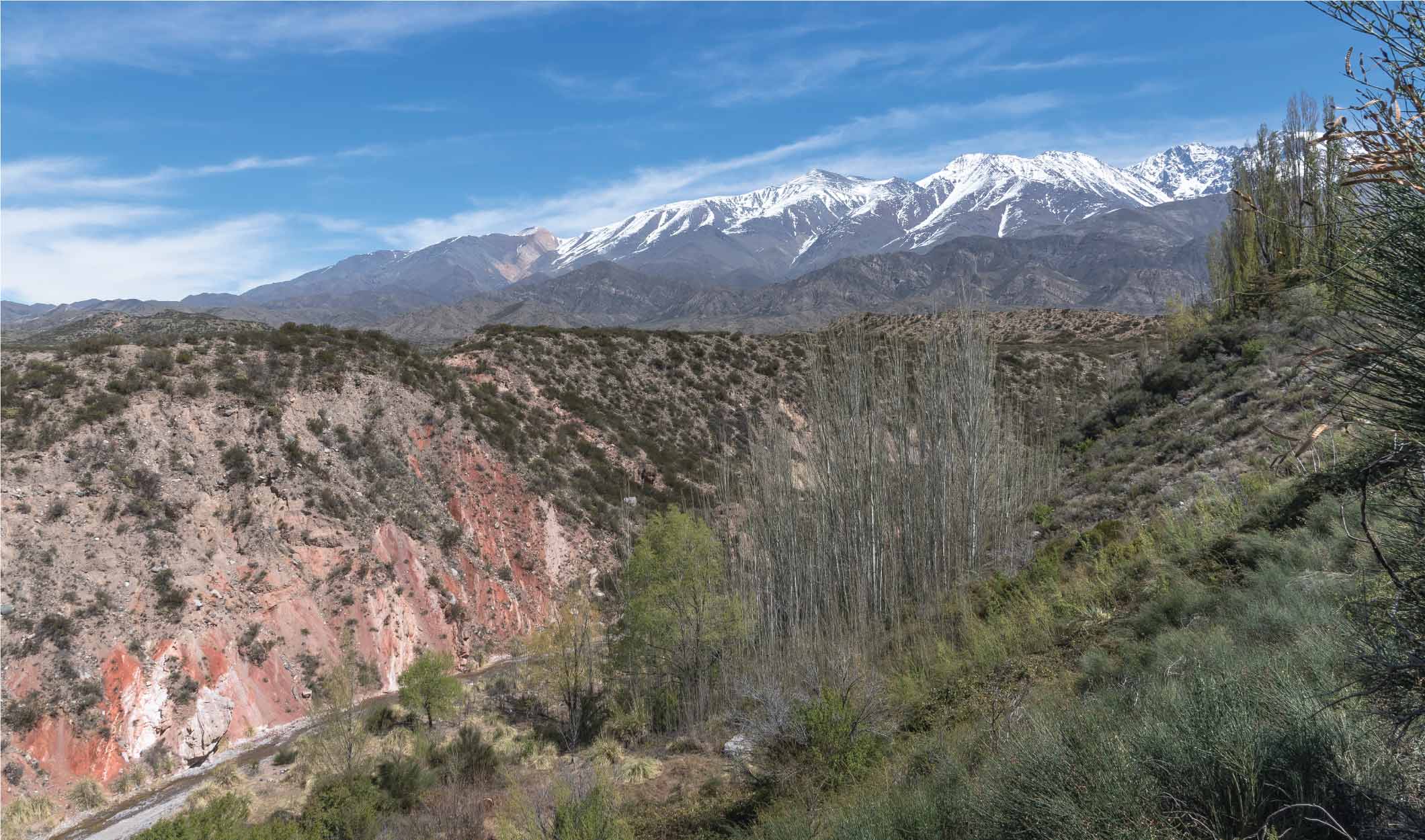
Aconcagua Valley (ah-kohn-KAH-gwa)
The Aconcagua Valley is named for the Aconcagua River and Mount Aconcagua; the latter is the highest mountain in the Andes (and the Americas). The region nicely encapsulates the viticultural advantages provided by the west-to-east course of Chile’s valleys. Vineyards near the ocean sit at roughly 50 metres above sea level, while those at the eastern end reach heights of over 1,000 metres. Between the cool ocean sites and those planted in the shadow of the snow-capped Andes lies the hottest, driest wine region in Chile. Vines grown in the central reaches of the valley create intense, ripe, broad-shouldered Cabernet and Carmenère, while the cooler areas engender fresh, lively wines from the likes of Sauvignon Blanc and Pinot Noir. As in Limarí, Syrah is produced across the valley, creating an exciting range of styles and expressions.
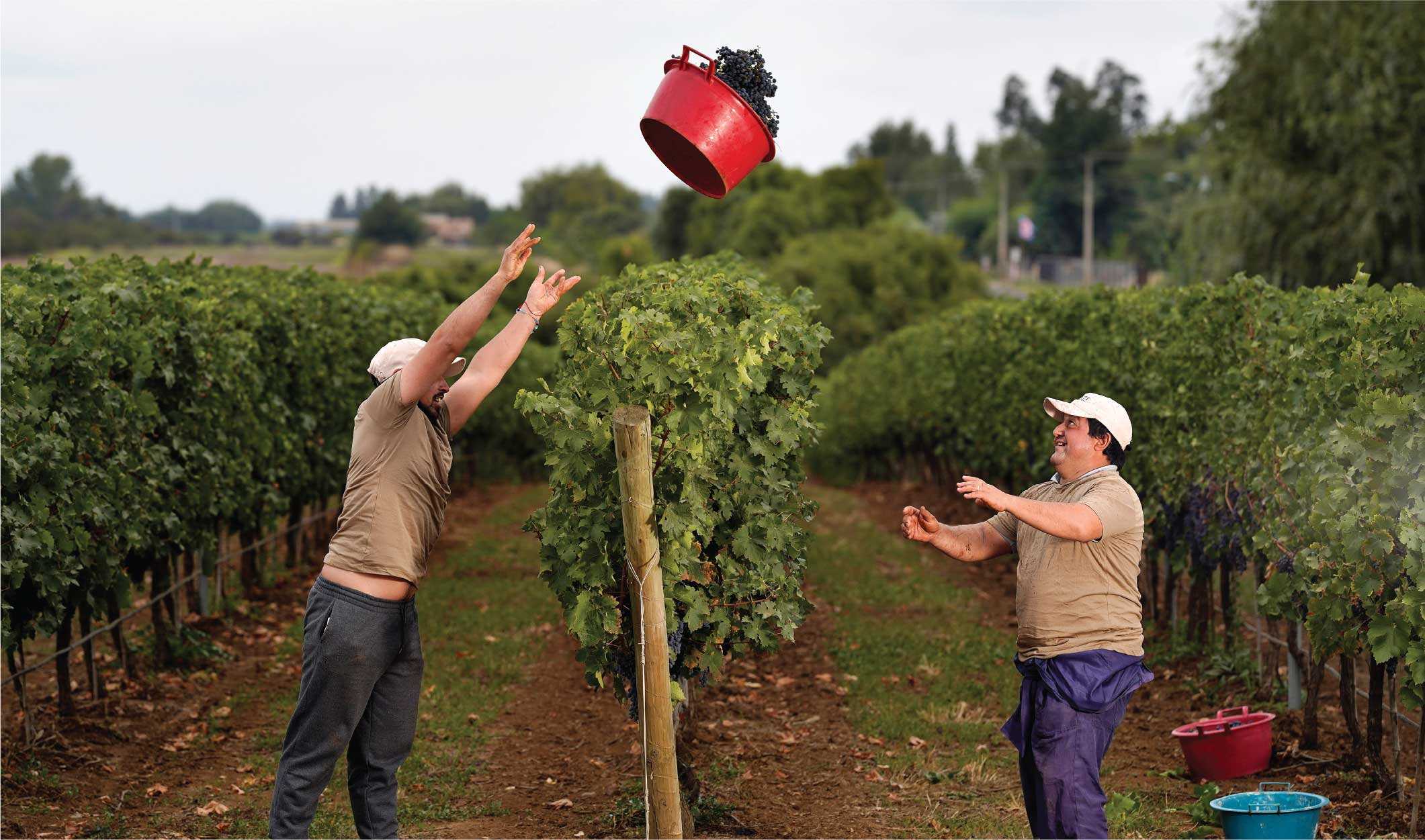
Curicó Valley (kur-ee-KOH)
One of the most distinctive features of the Curicó Valley is the coastal mountain range, which limits the impact of the Pacific Ocean on the region’s westernmost vineyards. These areas are typically cool in Chile, but here are quite warm. The coolest parts of Curicó are those in the foothills of the Andes, and this gives the region a somewhat unique dispersal of varietals. In fact, the Curicó Valley contains the most diverse assortment of grapes, red and white, in all of Chile, though it’s best known for its Cabernet Sauvignon, Sauvignon Blanc and Chardonnay. Miguel Torres set up shop here in 1979, and the techniques he imported from Spain have had a lasting effect on Chilean winemaking. In a country renowned for wines of outstanding value and quality, those from Curicó are famously among the most reliable and consistent.
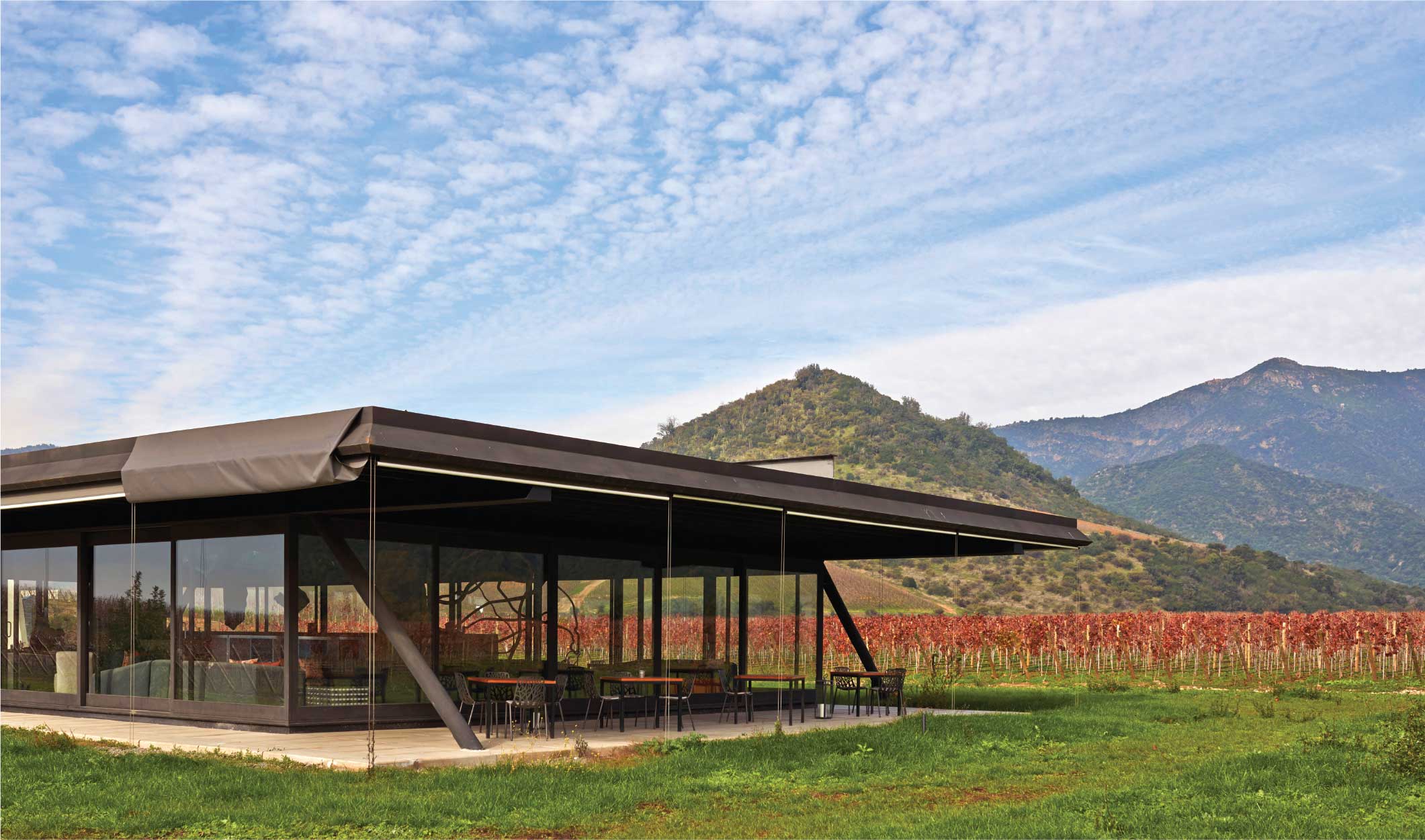
Cachapoal Valley (kah-cha-po-AL)
Cachapoal Valley is a sub-region of the Rapel Valley. The San Pedro Sideral 2018 featured here (a blend of Cabernet Sauvignon, Syrah and Cabernet Franc) is a prime example of the value and quality of the blends for which Rapel is known. The fruit from Cachapoal adds refinement and elegance to these wines and imparts a distinct mineral tone. Though Cachapoal is predominantly cut off from ocean influence, mesoclimates have been created where gaps in the hills allow cooling Pacific breezes and fogs to work their way inland. These cooler pockets produce some of the finest examples of Chile’s signature red grape, Carmenère. Alongside the red grapes, Chardonnay does very well in both higher-altitude and cool-area vineyard sites.
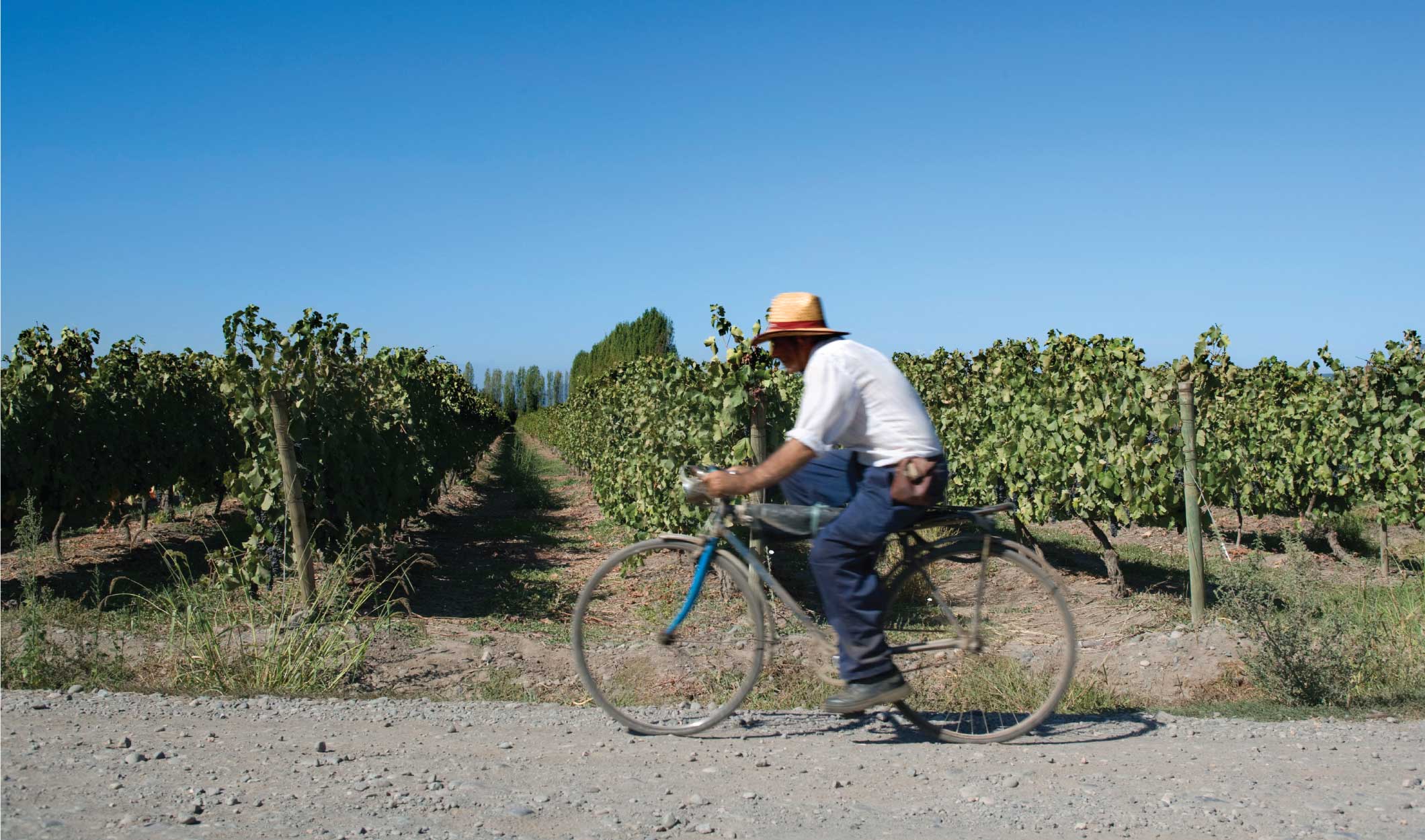
Colchagua Valley (kohl-CHA-gwa)
“[Chile is] a wine scene seemingly stuck on fast-forward, buckled into a thrilling rollercoaster ride of discovery, exploration, reinvention and experimentation.” – Peter Richards, MW, decanter.com, Aug. 29, 2020
Colchagua lies to the south of Cachapoal but is larger, with more diverse soils and more varied mesoclimates. Bordeaux varietals flourish in the region’s volcanic soils and warm, dry conditions, which inspire robust, complex, ageable Cabernet, Merlot, Syrah and Malbec. The area’s suitability for these grapes has attracted considerable international interest and investment, including from Bordeaux’s renowned Rothschilds. When used in Rapel Valley blends, the reds from Colchagua add fruit intensity and power to Cachapoal’s sophistication. Sites planted on the steep slopes of Colchagua’s coastal areas produce superb premium-quality white grapes, with Sauvignon Blanc and Chardonnay being the most important.
The Apalta (a-PAL-ta) sub-region is home to some of Chile’s most renowned producers, including Lapostolle, and some of the country’s most highly sought-after red wines. The cold Humboldt Current moderates temperatures here, and vines are planted in alluvial soils on the valley floor and granitic soils on the hillsides. The name Apalta translates to “poor soils,” which are perfect for viticulture. Vines here struggle to survive, which creates wines of great concentration, flavour intensity and structure.
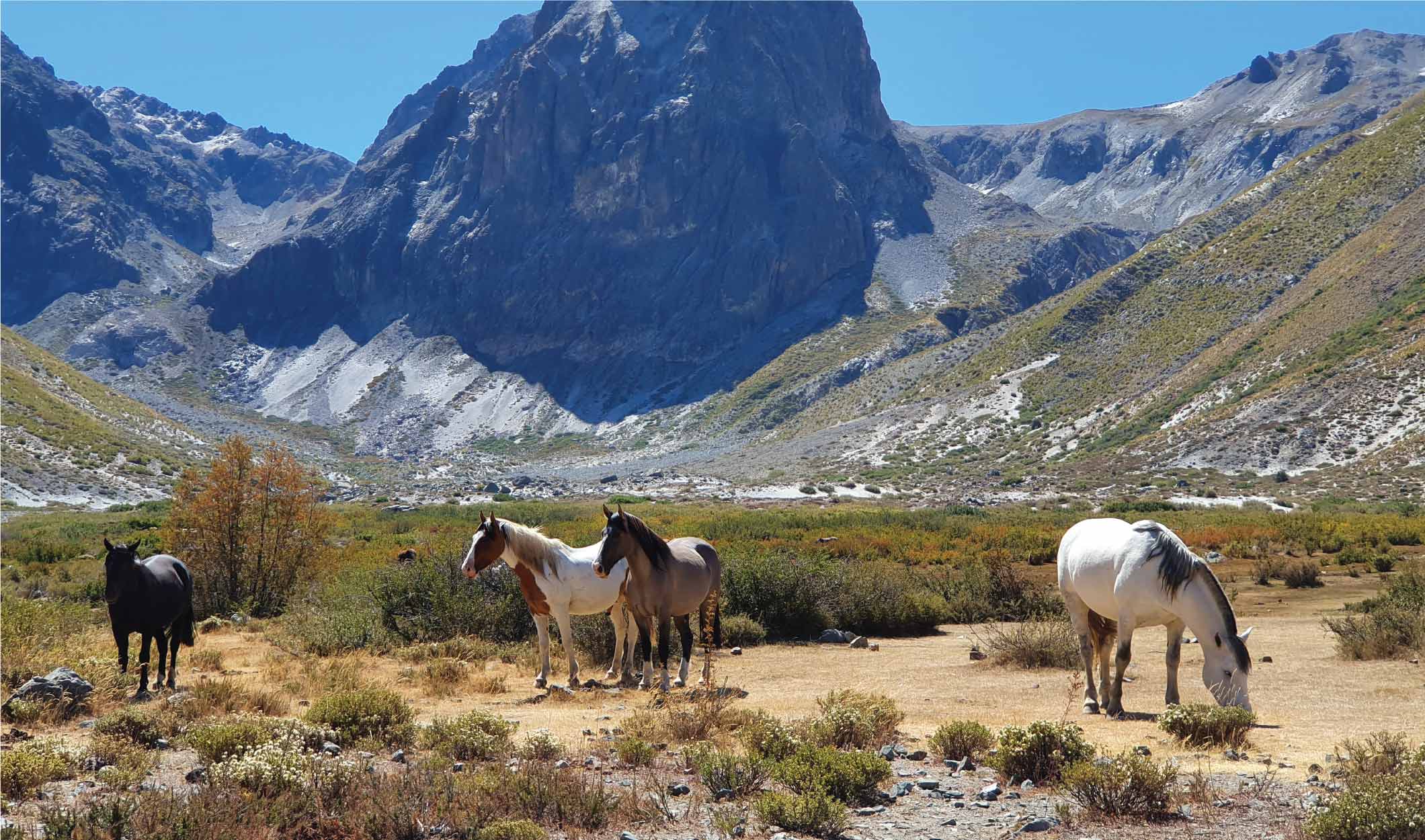
Maule Valley (MOW-lay)
The quality of the wines produced in the Maule Valley, Chile’s largest wine region, has skyrocketed in recent years, in part due to the enthusiasm for pushing the limits of viable growing areas. Winemakers have a wide variety of sites to explore, from river valleys and hillsides to high-altitude plantings in the foothills of the Andes. A common factor across the region is the ample sunshine and cool evenings. Taking advantage of the nuances found in these mesoclimates and their varied soils, which include clay, gravel, loam and granite, allows for truly refined blends to be created. The region is a go-to area for Cabernet and Carmenère and is home to some of Chile’s oldest Carignan plantings.
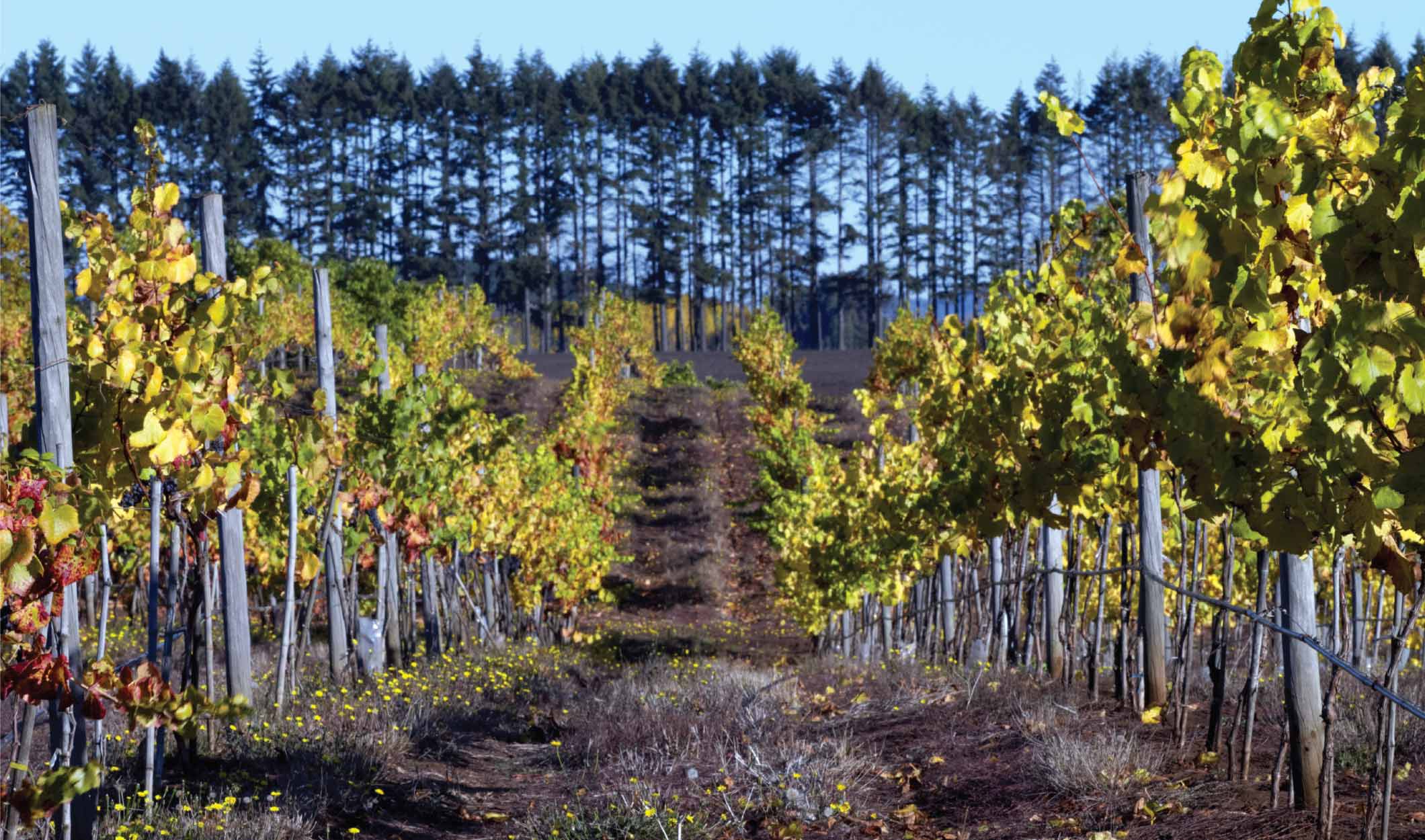
Malleco Valley (mah-YAH-ko)
The Malleco Valley is the southernmost region in Chile and experiences relatively high levels of winter precipitation. The volcanic red clay and sandy soils of the area provide ample drainage, forcing the vines to dig deep and work hard to find water. This translates to wines of greater flavour concentration and structure. The region has a very short growing season, but the high quotient of sunlight hours allows grapes to ripen, while the cold climate assures high levels of acidity and promotes wines of great balance and freshness. This challenging area is at the extreme of viability from a winemaking perspective, but the conditions are ideal for racy Chardonnay, Sauvignon Blanc and Pinot Noir with profound varietal character. It’s a relatively new region with small production levels, but its high-quality wines have already garnered considerable international attention.
Get our Latest News!
Be the first to hear about new arrivals, special offers, virtual events and more.
Get to Know Us!
Everything we are in a nutshell.

